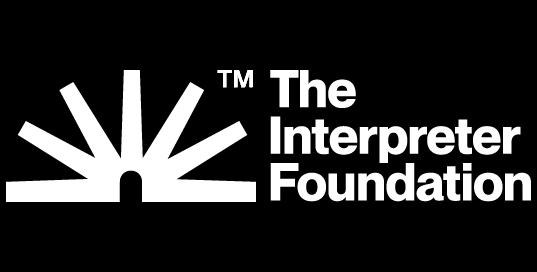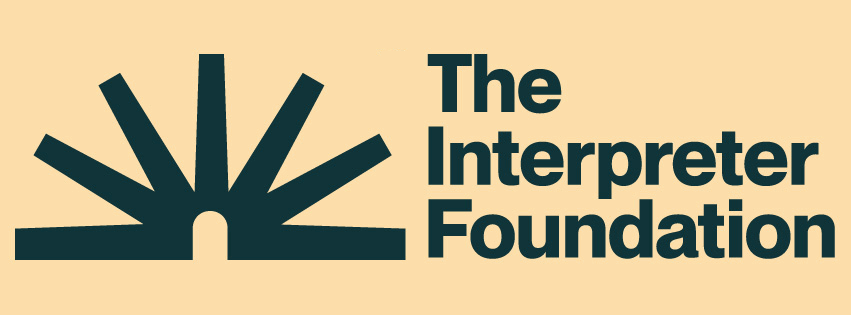This post is a summary of the article “Looking Again at the Anthon Transcript(s)” by John S. Thompson in Volume 63 of Interpreter: A Journal of Latter-day Saint Faith and Scholarship. All of the Interpreting Interpreter articles may be seen at https://interpreterfoundation.org/category/summaries/. An introduction to the Interpreting Interpreter series is available at https://interpreterfoundation.org/interpreting-interpreter-on-abstracting-thought/.
A video introduction to this Interpreter article is now available on all of our social media channels, including on YouTube at https://youtube.com/shorts/eK8uOmnOhek.
The Takeaway
Thompson highlights Martin Harris’s claim that there were two transcripts delivered to Anthon instead of one—the first with primarily Egyptian hieratic characters (possibly from Nephi’s small plates), which Anthon could recognize and partially translate, and a second with Reformed Egyptian (from the text compiled by Mormon) that he couldn’t decipher. This would help explain Anthon’s differing reactions to the provided characters.
The Summary
In this article, John S. Thompson works to answer lingering questions about the transcript presented by Martin Harris to Charles Anthon at Columbia prior to the dictation of the Book of Mormon. He fleshes out a proposal by B. H. Roberts that more than one document was provided to Anthon with different sets of characters, helping to explain the apparently contradictory reactions of Anthon to the text. Though little is definitively known about the documents Harris carried, Anthon was shown two sets of characters, some with translations provided by Joseph and some that had not yet been translated. Thompson outlines several options for how those characters and their translation were arranged, whether on one, two, or perhaps even three separate documents.
However they were arranged, Anthon had different responses to those characters, identifying one set as Egyptian, and a second set that he was unable to fully identify. Thompson suggests that this would be in harmony with the claims of the Book of Mormon—if one set had contained Reformed Egyptian and the other the Egyptian of the small plates (as written by Nephi a thousand years prior to Moroni’s description of Reformed Egyptian), it could explain Anthon’s differing assessments of the characters. Though Anthon would later deny that any of the characters were “Egyptian Hieroglyphics”, such is belied by news of the characters being “short-hand Egyptian” circulating among the saints—a term used at the time to describe the hieratic script. Martin Harris likely learned this term from Anthon.
Anthon also seems to have indicated to Harris that the translation of those Egyptian characters was “correct”. At that time, such translation would have meant connecting symbols to letters or phonemes rather than to complete words or sentences, since the means to produce the latter weren’t yet available. This suggests that Joseph may have compiled an alphabet to send with Harris, similar to what he may have done for Michael Chandler when discussing the papyri connected with the Book of Abraham, which were also written in hieratic. In light of this, Anthon’s later reports that he could not make sense of the characters could have been conflating his identification of hieratic characters with his confusion regarding Reformed Egyptian, and the latter overriding the former. Thompson builds on these ideas to develop a plausible scenario of Harris’ encounter with Anthon, one that ends with Harris being satisfied as to the characters’ authenticity.
The Reflection
I’ve long seen the famous “Caractors document” as a bit of a dark horse of Book of Mormon evidence, one deserving of far more attention than it appears to have received in mainstream scholarly circles. Thompson’s analysis implies that Anthon saw a document similar to it, if not that document itself, and that him doing so helps resolve apparent contradictions in the historical record. If so, it may give us yet more reason to treat the Caractors document as a concrete representation of what was on the plates—one that both critics and faithful scholars can treat as a serious test of Joseph’s claims. Analysts seem to be greatly rewarded by an approach that takes the document seriously, and critics have had little to offer but pat dismissals in return. That authoritative scholars appear allergic to a methodical analysis of its contents represents, for me, a serious crime of omission, and one worth remedying at the earliest possible opportunity.



“That authoritative scholars appear allergic to a methodical analysis of its contents represents, for me, a serious crime of omission, and one worth remedying at the earliest possible opportunity.”
Are you not aware of Jerry Grover’s impressive work on this?
https://scripturecentral.org/archive/books/book/translation-caractors-document
Grover is a fantastic scholar (you’ll note that I linked to his analysis). I wish he was also an authoritative one, at least within this specific sphere.
In my view his work speaks for itself, but from what I can tell it hasn’t caught the attention of many with a mainstream background in the relevant languages, even in the pages of Interpreter. The fact that critics haven’t appeared able to rip it to shreds is informative in its own right, but I would LOVE for it to be discussed more meaningfully in scholarly circles.